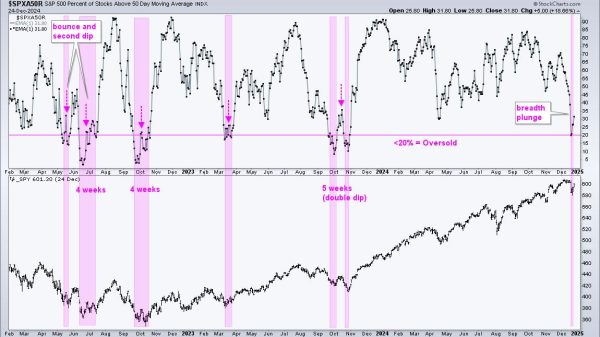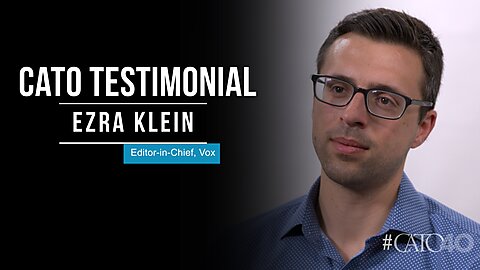Marc Joffe
After numerous delays and extensive cost overruns, Honolulu’s Skyline passenger rail system launched on June 30. Skyline is the first U.S. system to use automated trains, hopefully serving as an example to the nation’s other urban transit operators. Driverless train technology is common in Canada, Asia, France and at U.S. airports. They offer lower costs and the potential for more frequent service.
Skyline opened with five days of free service through July 4, when daily ridership peaked at 18,108. The elevated train system with its unique views proved to be something of a tourist attraction during the holiday weekend. But when Skyline began to collect fares on Wednesday, July 5 ridership plummeted to only 1,245. The city expects that after a year, daily ridership will stabilize in the range of 8,000 to 10,000.
All of this is a far cry from original projections. The project’s 2010 Environmental Impact Statement projected that ridership would reach 116,300 in 2030. As late as 2018, Honolulu officials were offering aggressive ridership projections of up to 121,600 per day in 2030.
One reason that today’s ridership is so far below the old forecasts is that only a portion of the system is now in service. The 2030 ridership projections applied to the full 20‐mile, 21‐station system originally planned. The phase that just opened encompasses the easternmost 11 miles and nine stations. The two westernmost stations have been dropped from the project to contain cost overruns.
But much of the gap between real and forecast ridership levels is attributable to excessively optimistic modeling assumptions. As recently as 2020, the city thought daily ridership on the initial nine‐station segment would by over 19,000 or double the city’s latest prediction.
A longtime critic of Honolulu’s transit plans, University of Hawaii Civil Engineering Professor Panos Prevedouros, previously offered a projection for the full system that was also about half of official forecasts. He came to this conclusion after seeing a decline in Honolulu bus ridership as well as very low ridership on Tren Urbano, a similar rail system in Puerto Rico.
Aggressive ridership forecasts are not unique to Honolulu. Earlier in 2023, San Francisco’s $2 billion, 1.6‑mile Central Subway began revenue service with a far lower number of passenger boardings than originally anticipated.
Had ridership projections been more realistic, perhaps Honolulu would have opted to serve the route with Bus Rapid Transit (BRT) instead of rail. Individual BRT vehicles can accommodate up to 300 passengers and BRT lines in several international cities handle a peak load of over 10,000 passengers per hour. In the US, the Los Angeles Metro G Line served about 30,000 passengers daily at its peak before the pandemic. If the LA line was grade separated and not impacted by traffic signals, its capacity could be far higher.
Not only does BRT have adequate capacity for the Honolulu Skyline, its use would not have had a major impact on travel times. While trains have much higher maximum speeds than buses, this difference is only material when stations are far apart. On the Skyline, stations are no more than a couple of miles apart and trains will achieve a maximum speed of only 55 mph.
Had Honolulu opted to run large buses rather than trains along the elevated Skyline, it could have started service far sooner and at much lower cost than with a rail‐based solution. And a less aggressive, more realistic ridership forecast may have led to the conclusion that Skyline was best served by BRT. For other local governments considering new transit services, Honolulu’s lessons are worth considering.























